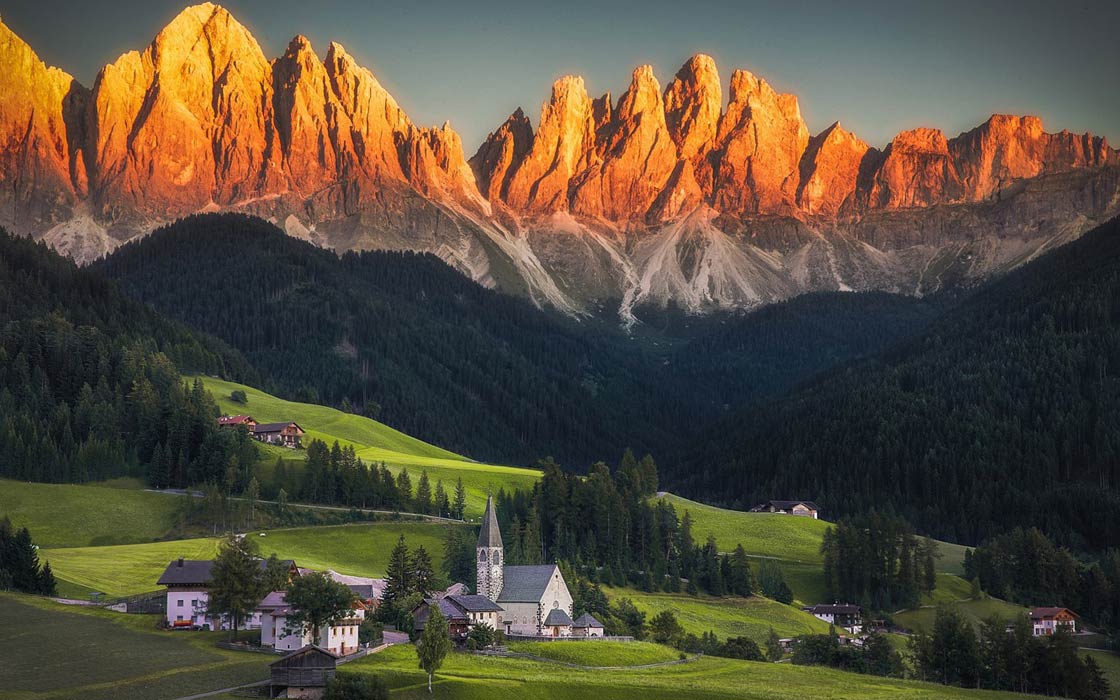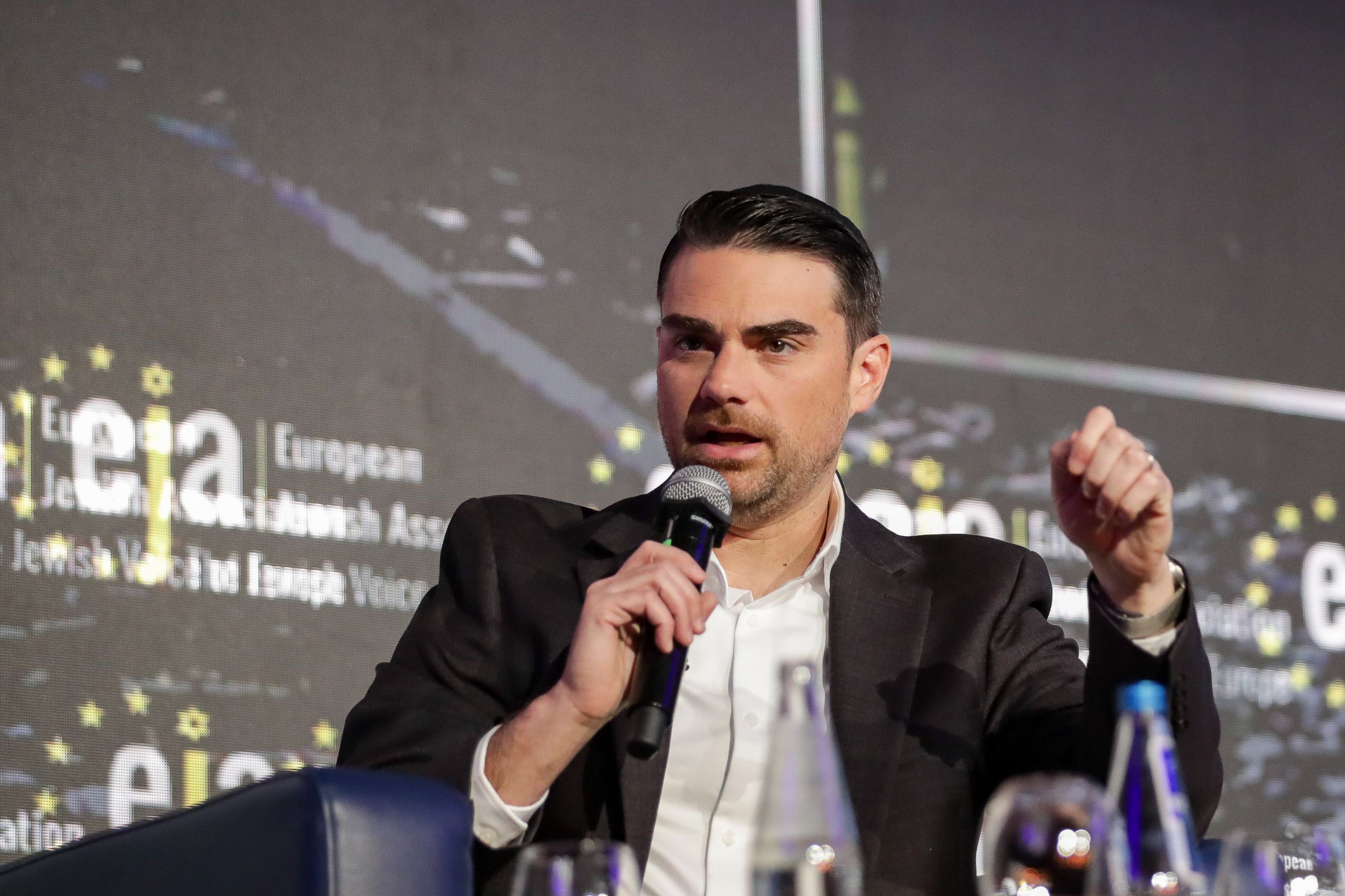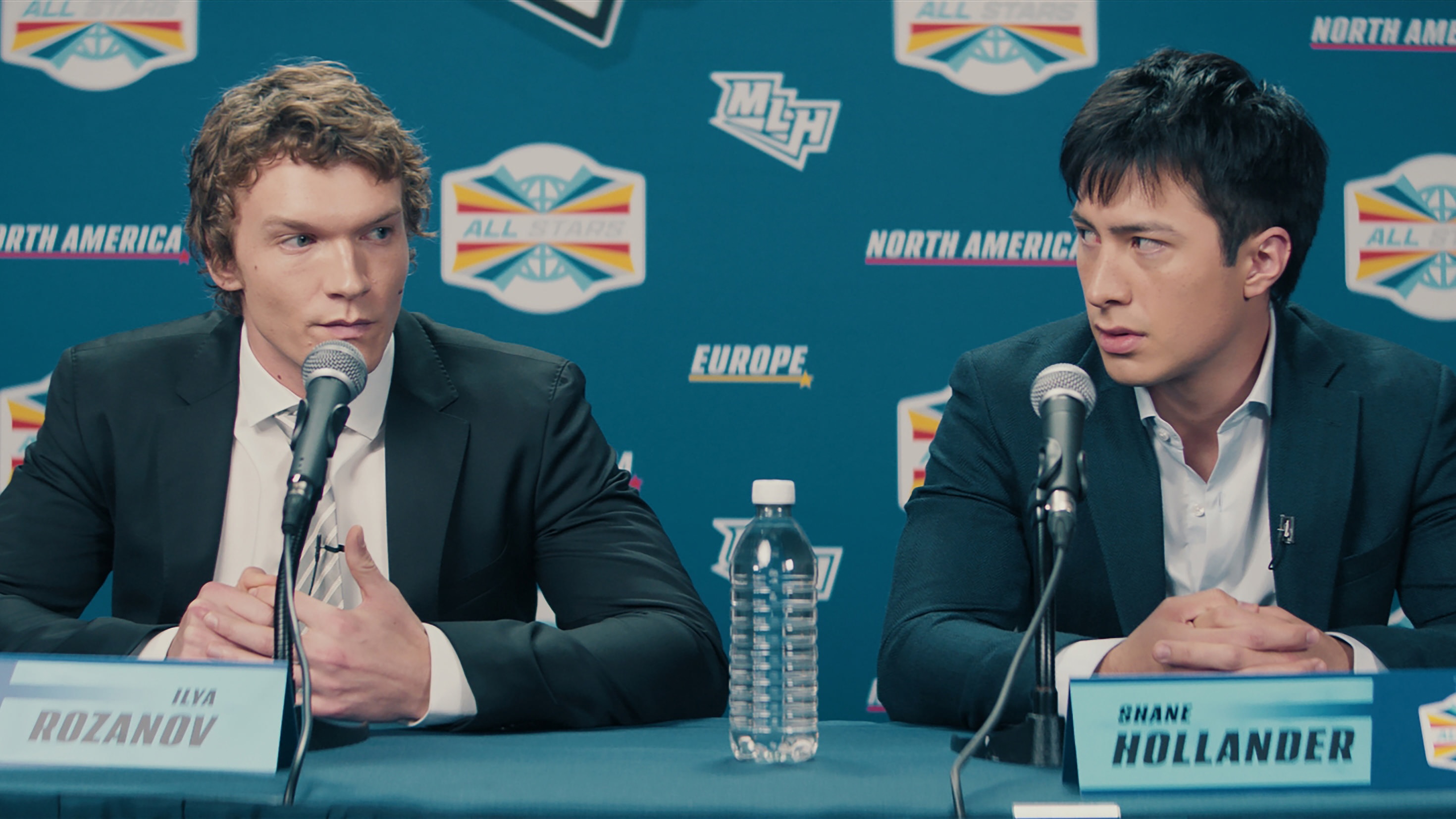Slower Erosion Detected in European Alps Compared to Over 10,000 Years Ago

The 20th of January, 2024 featured an article reviewed based on Science X's editorial standards, ensuring its credibility. The process included fact-checking, peer-reviewing publications, validating sources, and proofreading by Hannah Bird from Phys.org.
The study presented discusses how the deglaciation during the Holocene (the last around 17,000 years) has significantly affected mountainous environments. This is demonstrated by the distinct landforms, like debris ridges (moraines), which were left as glaciers retreated.
A research study recently published in Earth and Planetary Science Letters delved into the erosion rate of 'newly' uncovered mountain slopes, which result in rockfall events. The research suggests erosion rates may have decreased in more recent decades compared to earlier periods in the Holocene.
Dr. Daniel Draebing from Utrecht University, Netherlands, and his team studied European Alps mountain bedrock slopes. They theorized that the decreasing glacier load since the last peak glacial period of the Younger Dryas has led to a reduction in glacial debuttressing – and subsequently the erosion of steep valley sides.
The research group combined field data with modeling to ascertain the erosion rates in a periglacial alpine valley in southern Switzerland. Their findings revealed 1.2–1.4 mm/year erosion rates around 9,000–10,000 years ago and 0.02–0.08 mm/year rates between 2016 and 2019.
The scientists reconstructed the glacial retreat history of the Hungerli Valley, highlighting how the temperature of the rockwalls may have impacted the presence of permafrost and frost cracking (splitting of bedrock by freezing water). This process, known as ice segregation, causes the breakdown of rock.
The team modeled frost cracking over time by assessing the change in porosity of metamorphosed paragneiss and schist slate bedrock fractures. Both permafrost and frost cracking weaken rockwalls, leading to rockfall events, which may also be aggravated by seismic activity as result of glacier melting.
Laser scanning surveys were used to document changes in rockfall activity in the Hungerli Valley throughout the study period. Findings show higher average rates of erosion during the middle to late Holocene on slopes that had been free of glacial ice since around 10,000 years ago compared to present day.
The team found that rocks above 2700 m experienced greater erosion during the Younger Dryas; however, there has been a decline in erosion rate over time. Dr. Draebing postulates that the initial high yet rapidly decaying erosion rate is due to increased frost cracking, thawing of permafrost and the landscape’s adjustment to glacial ice unloading.
In conclusion, Dr. Draebing proposed that it's not clear which process is most dominant in erosion. All of these processes are impacted by low temperature and precipitation, making their elevation range occurrence unsurprising as mountain temperature is related to elevation.
'We moved down in elevation and did a comparable study on rockwall areas that are permafrost-free and not affected by recent glaciation to identify the role of frost cracking in erosion and to work on a system where we can exclude permafrost and glacier retreat, both of which made analysis more challenging.'
Seasonal snow cover also plays a part, with thicker snow layers insulating the rockwall and delaying freeze-thaw processes. Overall, the research team concludes that frequent small-scale rockfalls occur in preference to larger-scale single devastating events as a result of glacial retreat.
Concerning whether erosion rates will continue declining until a future glaciation, Dr. Draebing says, 'Erosion depends upon topographic stresses (such as slope steepness) and climate-induced stresses (like frost cracking, permafrost thaw and glacier retreat). Climate-induced stresses will decrease due to climate warming, however, topographic stresses will persist. Erosion rate will reach an equilibrium probably similar to current erosion rates of 0.02 and 0.08 mm/year.'
This research is important in understanding the role deglaciation in a warmer world impacts processes affecting rock erosion, and therefore rockfall events, as climate change continues. In addition to permafrost and frost cracking, extreme weather events may also enhance erosion, as well as large-magnitude earthquakes.
The impact such situations may have on the local landscape and its inhabitants is vital to support the infrastructure mountain-dwelling communities and alpine tourism resorts rely upon, as well as wildlife struggling to adapt to the changing environment.
Dr. Draebing concludes, 'Due to climate change, glaciers and permafrost will disappear and frost cracking will decrease, which in the long term will result in decreasing erosion rates. However, in the short term, glacier retreat and permafrost thaw will increase erosion rates and rockfall hazard, something mountain communities will need to adapt themselves to in the near future.'
© 2024 Science X Network




